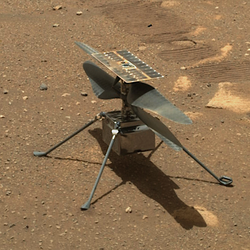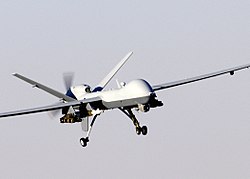| Lists of aircraft |
|---|



The following is a list of unmanned aerial vehicles developed and operated in various countries around the world.
Contents
- Algeria
- Argentina
- Armenia
- Australia
- Austria
- Azerbaijan
- Belarus
- Belgium
- Brazil
- Canada
- Chile
- China (PRC)
- Colombia
- Costa Rica
- Croatia
- Czech Republic
- Denmark
- Egypt
- Finland
- France
- Germany
- Greece
- India
- Indonesia
- International
- Iran
- Israel
- Italy
- Japan
- Jordan
- Latvia
- Malaysia
- Mexico
- Netherlands
- New Zealand
- Nigeria
- Norway
- North Korea
- Pakistan
- Peru
- Philippines
- Poland
- Portugal
- Romania
- Russia
- Saudi Arabia
- Serbia
- Singapore
- Slovenia
- South Africa
- South Korea
- Spain
- Sri Lanka
- Switzerland
- Sweden
- Taiwan
- Thailand
- Tunisia
- Turkey
- Ukraine
- United Arab Emirates
- United Kingdom
- United States
- Vietnam
- See also
- References
- Further reading
- External links





































